Reading Time: < 1 minute The Canadian Cattlemen’s Association, Beef Cattle Research Council, and Canadian Beef Breeds Council has put together a two-page list of guidelines to follow if research is being conducted on your ranch or feedlot. Topping that list is: “Consider postponing on-farm research activities that require more than one person or interaction with farm operators whenever possible […] Read more

Livestock research gets even more complicated during pandemic
Cattle groups have tips for conducting on-farm research — two pages’ worth

Klassen: Feeder market recovery continues
Strength in fed cattle prices the main driver
Compared to last week, western Canadian yearling prices were $6-$8 higher on average while calves were unchanged to $4 higher. Strength in fed cattle prices was the main factor driving the feeder cattle market this week. Alberta direct fed cattle sales were reported on a live basis from $150 to $153 f.o.b. the feedlot, up […] Read more
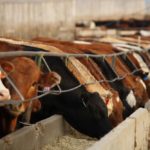
Klassen: Feeder cattle markets reflect mixed tone
U.S. corn offered into southern Alberta
Compared to the previous week, western Canadian yearling prices were $2-$4 higher on average while calves traded unchanged to as much as $8 lower. Larger feedlot operations were actively bidding for 800-plus-lb. feeders across the Prairies due to the limited supply. Lower volumes were available this past week which was supportive for the market. Southern […] Read more

Feed weekly outlook: Barley, wheat holding fairly well
MarketsFarm — Feed prices for wheat and barley have softened over the last month, said Erin Harakal, senior trader for Agfinity at Stony Plain, Alta. “Right now for wheat, we have seen it drop off in the last little bit,” she said, noting barley prices have slipped as well. Harakal pointed to the overwintered barley […] Read more
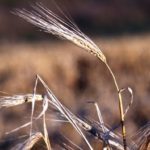
Feed weekly outlook: Overwintered barley beats expectations
MarketsFarm — Last fall’s remaining barley crops coming off the field this spring were at risk of causing a supply glut in feed grain markets. Luckily, however, those overwintered barley crops are in better-than-expected condition, and not all of them are going into the feed market. “We thought there would be a lot more coming […] Read more
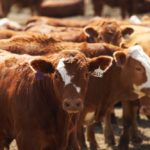
Klassen: Yearlings trade lower, calves ratchet higher
Compared to last week, western Canadian yearling prices were $4-$6 lower; mid-weight feeder cattle traded $2 higher to $4 lower. Lighter calves and grassers were quite variable. In Alberta, these cattle ranged from unchanged to as much as $8 higher on average while in the eastern Prairie regions, calves traded $4 lower to $4 higher. […] Read more

Klassen: Yearling prices stay sluggish, calves hold value
Compared to last week, western Canadian yearling prices were steady to $4 lower; calves and grass cattle were relatively unchanged. Early in the week, the mood was quite depressing; yearlings were under pressure with feedlot buyers on the sidelines. By Friday, the market appeared to be well established. Backgrounding operators have been active sellers over […] Read more
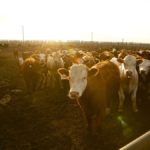
Klassen: Uncertainty defines feeder market
'Hope' factor remains supportive
Compared to last week, western Canadian yearling prices were down $3-`$5 on average while calves were unchanged to down $2. Sales were characterized by low volumes and limited buying interest. Feedlot operators are hesitant to step forward in the current environment, with packing plants on both sides of the border reducing capacity. At the same […] Read more
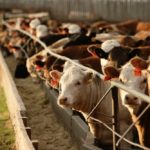
Klassen: Weaker fed cattle prices weigh on feeder market
It appears finishing feedlots and cattle buyers are coming to terms with the fact that the COVID-19 pandemic may last longer than earlier anticipated. The “hope” factor that this environment will be short-lived has evaporated. Compared to last week, western Canadian feeder cattle markets traded $3 to as much as $10 lower, with yearlings absorbing […] Read more

Klassen: Feeder market lacks buying interest
Market gives in to pressure from Chicago futures
Compared to last week, western Canadian feeder cattle markets traded $5-$8 lower on average, with yearlings dropping as much as $10-$12 in certain areas. It appears buyers are incorporating a risk discount due to uncertainty in beef demand longer-term. Rising unemployment levels, sluggish consumer confidence and a sharp drop in disposable income are all factors […] Read more

